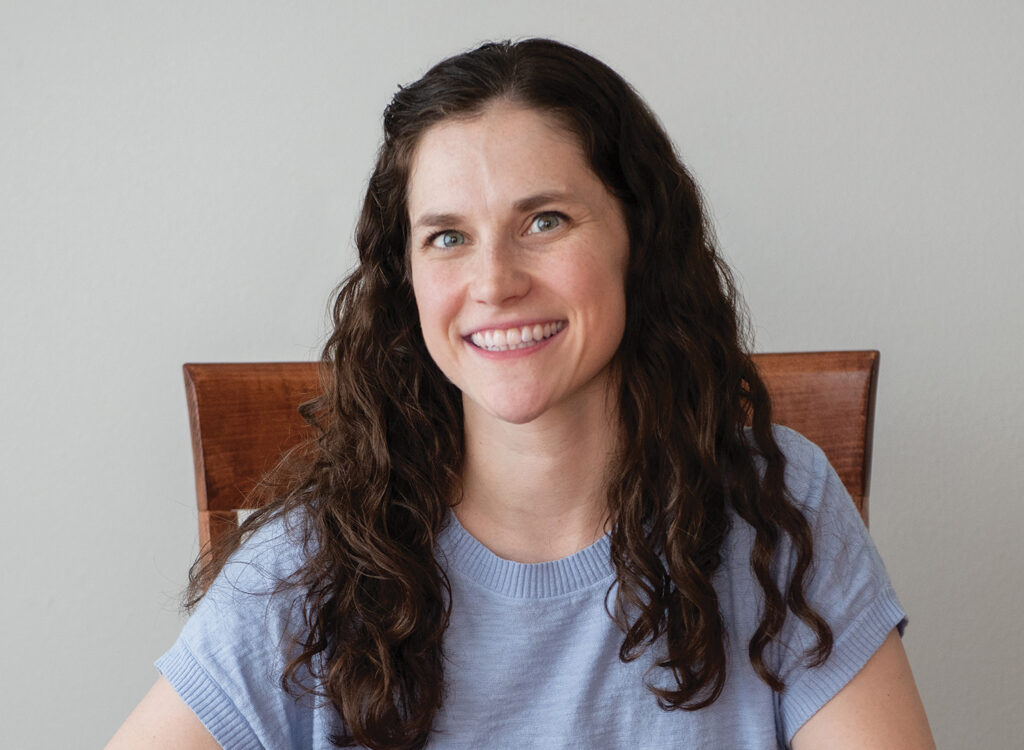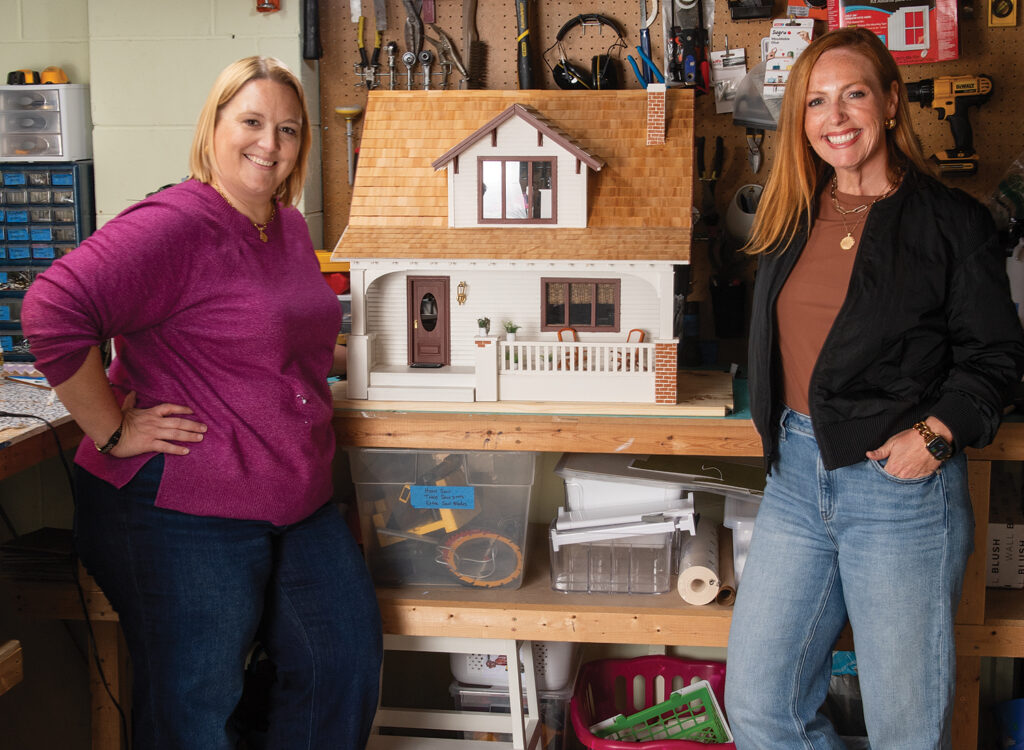NOTEBOOK: Habitat for Humanity Women C-Suite build highlights status of women

Growing up on an Iowa farm, I learned how to fix fences and do repairs, but no matter how hard I tried, I never developed much skill at construction. Nonetheless, a hardhat and a hammer replaced excel spreadsheets and email as my tools for the day as I joined forces with a group of leaders for Greater Des Moines Habitat for Humanity’s first ever Women C-Suite build on Sept. 25. Our goal was to build a new home for an area family, but our larger objective was to continue advancing the status of all women in Iowa.
“Every year, community leaders from the C-suite come together on a Habitat job site, helping a local family achieve their dream of homeownership and bringing awareness for the need for housing affordability in Central Iowa,” said Jenna Ekstrom, director of marketing and development for Greater Des Moines Habitat for Humanity. Last year more than a dozen CEOs participated in the build, but only one was a woman.
“It was time to reflect women’s reality in the workforce,” said Ekstrom, who reached out to me and to Kate Banasiak, CEO of Diversified Management Services, to co-chair the project. “With this build, we are working to elevate women leaders and the status of all women by coming together to support our community.”
Despite progress over the years, women still face many barriers to success. In the workplace, women still significantly lag men in leadership. According to the Harvard Law Forum’s 2018 report on Women in the C-Suite, only 5% of CEOS at publicly and privately held companies are female and only 24% of board directors are women. In Iowa, of the chief executives listed for the 34 publicly traded companies, only 12% were women.
“Considering the low numbers of top female leaders, the group here today represents women who have overcome obstacles and shown exceptional leadership to get where they are,” Banasiak said. “And we want to create opportunities to help other women succeed.”
In addition to the dearth of women in top leadership roles, the overall economic status of women in Iowa remains low. The Iowa Commission on the Status of Women’s 2019 report shows not only do Iowa women earn 76 cents for every dollar a man earns, 32.8% of employed women work in low-wage jobs. Additionally, 19.9% of Iowa families with children under 18 in 2017 were living with their mother in a single-parent household, compared with 9.5% living with their father.
“Women are particularly affected by the wage gap and single parenting,” Ekstrom said, “which makes housing issues even harder for us.”
Recognizing the critical connection between affordable housing and success, the group worked diligently to provide one family with a new place to live. I improved my Sawzall skills and my fellow leaders showed impressive talent and determination at hanging doors and installing floors. Sporting pink hardhats, we did our best to translate our boardroom skills to the job site and we made significant progress on the new house.
But the work to support women is not a one-day job. As leaders, we must keep working to ensure all women across Iowa and beyond have opportunities – and that can happen only when we truly support women in the workplace. That means equal wages for equal work, opportunities for promotion and advancement, and seats in the C-suite and the boardroom.
Those are the tools we can all use to build success.









